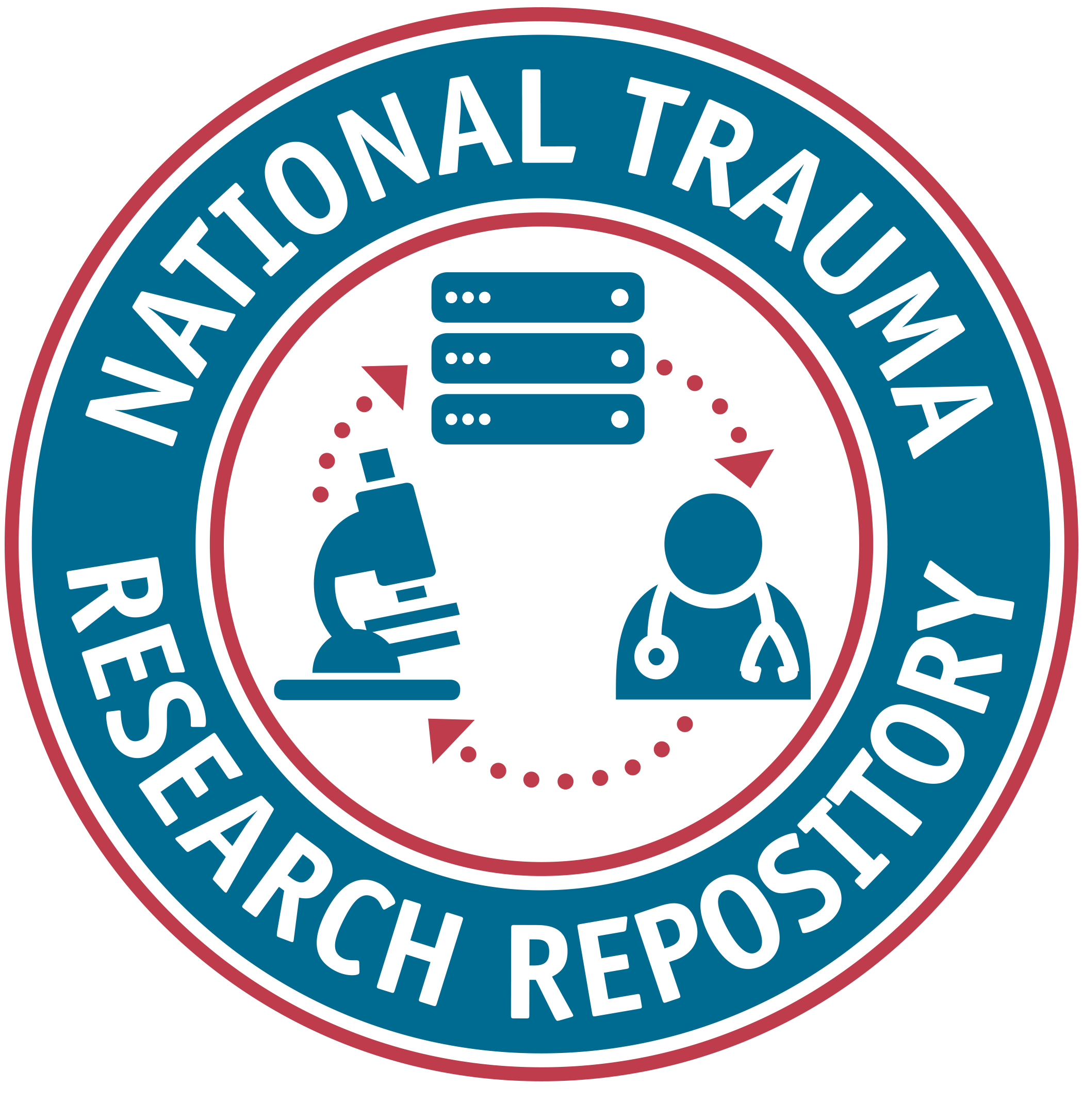Listed below are the details for the data element.
FITBIR
1.10
Element Type
Common Data Element
Hypotensive episode indicator
HypotnsnEpiInd
Short Description
Indicator of hypotensive episode. In adults, hypotensive episode is defined as systolic blood pressure & less than ; 90 mmHg. In children, it is defined as systolic blood pressure & less than ; 5th percentile for age
Definition
Indicator of hypotensive episode. In adults, hypotensive episode is defined as systolic blood pressure & less than ; 90 mmHg. In children, it is defined as systolic blood pressure & less than ; 5th percentile for age
Notes
Creation Date
Historical Notes
Hypotensive episode indicator
References
GENERAL/TBI:
McHugh GS, Engel DC, Butcher I, et al. Prognostic value of secondary insults in traumatic brain injury: results from the IMPACT study. J Neurotrauma. Feb 2007;24(2): 287-93.
Silverstone P. Pulse oxymetry of at the road side: a study of pulse oxymetry in immediate care. BMJ. Mar 1989;298(6675): 711-13.
Stocchetti N, Furlan A, Volta F. Hypoxemia and arterial hypotension at the accident side in head injury. J Trauma. 1996;40: 764-67.
De Witt DS, Jenkins LW, Prough DS. Enhanced vulnerability to secondary ischemic insults after experimental traumatic brain injury. New Horizon. Aug 1995;3(3): 376-383.
Data Type
Alphanumeric
Input Restrictions
Single Pre-Defined Value Selected
Population
Adult and Pediatric
Guidelines/Instructions
TBI: Choose one.
GENERAL: Choose one. Second insults may be systemic (extracranial or intracranial). Second insults aggravate processes of secondary damage in a brain already rendered vulnerable by the primary injury. The occurrence of second insults occurring before hospital admission in patients with more severe injuries, is frequent: oxygen saturation below 90% is found in 44 to 55% of cases and hypotension in 20 to 30%. The occurrence of second insults is strongly associated with poorer outcome. Hypoxia, hypotension and inadvertent hypocapnia are the most frequent causes of jugular desaturations, and periods of low brain tissue oxygen tension. The depth and duration of systemic second insults during the clinical course is related to poorer outcome.
Preferred Question Text
Did participant/subject experience hypotensive episode?
Category Groups and Classifications
| Disease | Domain | Sub-Domain |
|---|---|---|
| General (For all diseases) | Disease/Injury Related Events | Second Insults |
| Traumatic Brain Injury | Disease/Injury Related Events | Classification |
| Traumatic Brain Injury | Disease/Injury Related Events | Second Insults |
Classification
Traumatic Brain Injury:
Supplemental
Epidemiology
Moderate/Severe TBI: Rehabilitation
Concussion/Mild TBI
Acute Hospitalized
General (For all diseases):
Supplemental
Keywords
Injury_History
TRACK_TBI
Labels





